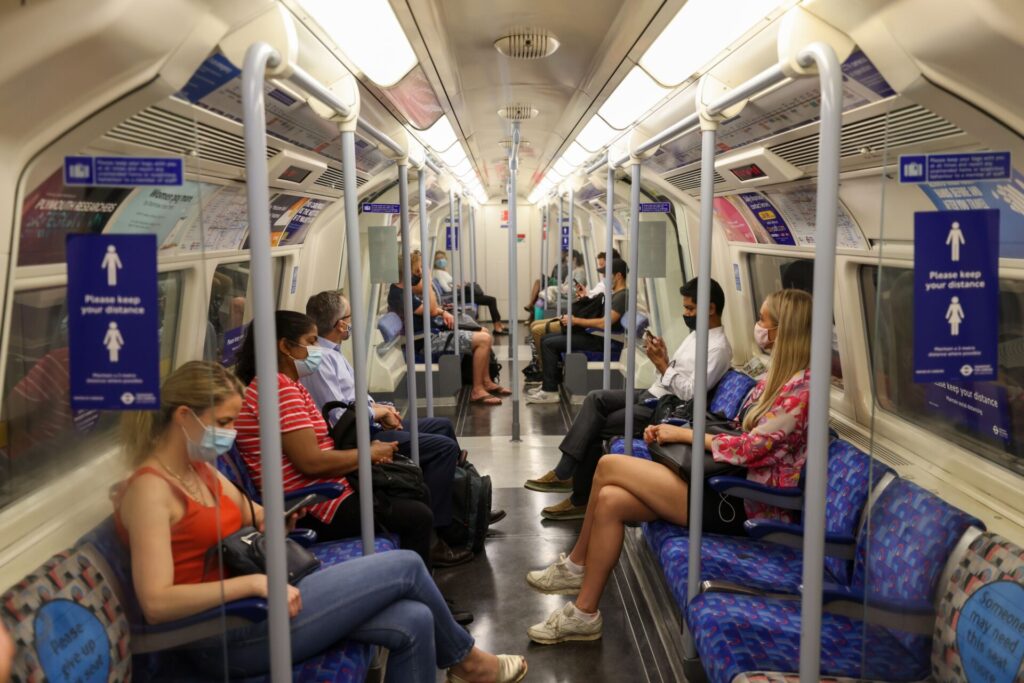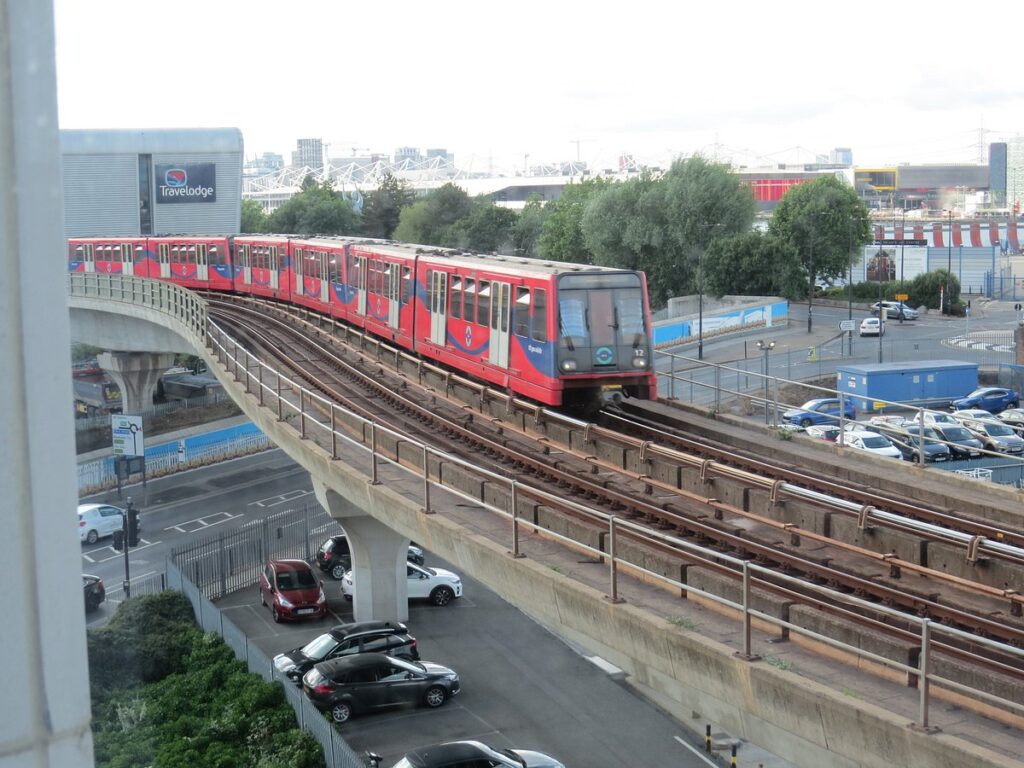
According to the data, you could have taken the train to complete more than half of your trips from London City airport in six hours or less.
An application to dramatically increase the number of passengers using the airport is currently being considered by the Labour government, which is getting ready to make the final decision. In order to achieve its goal of increasing annual passenger capacity from 6.5 million to 9 million, the airport plans to expand the number of planes that operate on weekends and early mornings.
According to the findings of the study conducted by the think tank known as the New Economics Foundation (NEF) and the environmental charity known as Possible, the majority of the locations that were served by the airport were located on the continent of Europe and were easily accessible by rail.
Based on the findings, it was discovered that 43.7% of the airport’s destinations could be reached in less than five hours, 54.1% in less than six hours, and 66.2% in less than eight hours. By train, it is possible to access the most popular routes, such as Amsterdam, which accounted for fifteen percent of the airport’s flights in 2023, and Edinburgh, which accounted for ten percent of those flights. The journey to Amsterdam takes four hours, while the journey to Edinburgh takes four hours and twenty minutes.
A great number of airports in England are looking to expand. Each of the four airports—Gatwick, Heathrow, Luton, and Stansted—is working to expand their passenger capacities by constructing additional runways or expanding their terminals. The Labour Party has, up to this point, taken a moderate posture and indicated that it is “open-minded” regarding the proposed new runway at Heathrow Airport.
According to the National Environmental Federation (NEF) and Possible, their analysis of data from the Civil Aviation Authority (CAA) demonstrates that the proposed expansion will have a negative impact on the environment and society at the airport while solely benefiting frequent fliers, who are more likely to be wealthy.
According to the study’s findings, passengers who flew at least once every two months held about 43% of the available flight seats. This indicates that these customers made six or more round-trip flights annually. Furthermore, the median household income of leisure travellers at the airport was approximately 34 percent greater than the average income of a passenger flying in the United Kingdom.

If the United Kingdom is going to meet its legally required aim of reaching net zero emissions by the year 2050, the Climate Change Committee has suggested that there should be no net growth of airports in the country.
The Kuwait Investment Authority, the sovereign wealth fund of Kuwait, and a consortium of pension funds from Canada are the owners of the airport.
According to Dr. Alex Chapman, a senior economist at the National Economic Forum, “the new government is eager to cut planning red tape and get the country building, but not all proposals are made equal.” It is not acceptable for new developments to be made at the expense of the environment or populations with low incomes.
The extension of London City Airport that has been suggested does not pass either of the requirements. In actuality, the planned expansion is at odds with the suggestions made by the Climate Change Committee, an expert panel that the previous Labour government established. According to the findings of our research, the expansion will not only make it more difficult for the United Kingdom to fulfil its climate commitments, but it will also provide very little to no economic gain, therefore negatively impacting the well-being of hundreds of thousands of people who reside in the surrounding area.
The following statement was made by a representative for London City Airport: “This planning application does not include any increase in the number of annual flights that are permitted, no new infrastructure, and—a first for the United Kingdom airport—that only cleaner, quieter, new-generation aircraft will be permitted to fly for any extended periods of time.”
Over 2,000 new jobs would be created as a result of our ideas, which would also contribute more than 700 million pounds to London’s economy and improve connections for passengers.